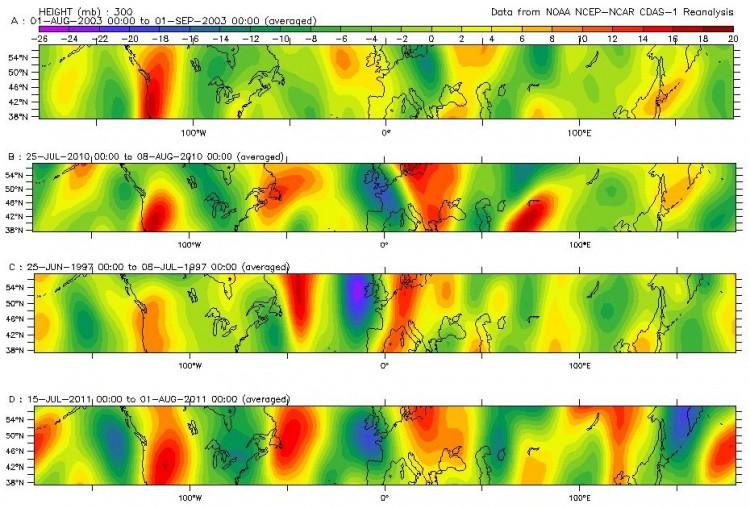The supernova remnant W50 has been dubbed the Giant Manatee Nebula based on a new shot of the cloud from the Karl G. Jansky Very Large Array (VLA).
W50 formed when a large star exploded about 20,000 years ago in the constellation of Aquila, 18,000 light-years away, leaving a massive bubble of dust and gas swirling in a disk, probably around a black hole.
The formation’s magnetic field lines trap charged particles from the disk, ejecting them in jets moving at almost light-speed. This system radiates radio waves and X-rays, and is called the SS 433 microquasar.
The jets have created bulges in the W50 bubble and, like a wobbly spinning top, form corkscrew patterns across the bulges.
W50 was named in 1958 by Dutch astronomer Gart Westerhout as it was the 50th radio source listed in the Westerhout Catalog.
Heidi Winter at the National Radio Astronomy Observatory noticed that the cloud resembles the endangered Florida Manatee. Winter suggested the nickname as W50 looks like a sea cow in a typical pose, resting on its back with its flippers crossed over its belly.
These gentle creatures are vulnerable to injuries from boat propellers, often ending up with deep curved scars like the arcs made by the powerful jets in W50.
The Epoch Times publishes in 35 countries and in 21 languages. Subscribe to our e-newsletter.





